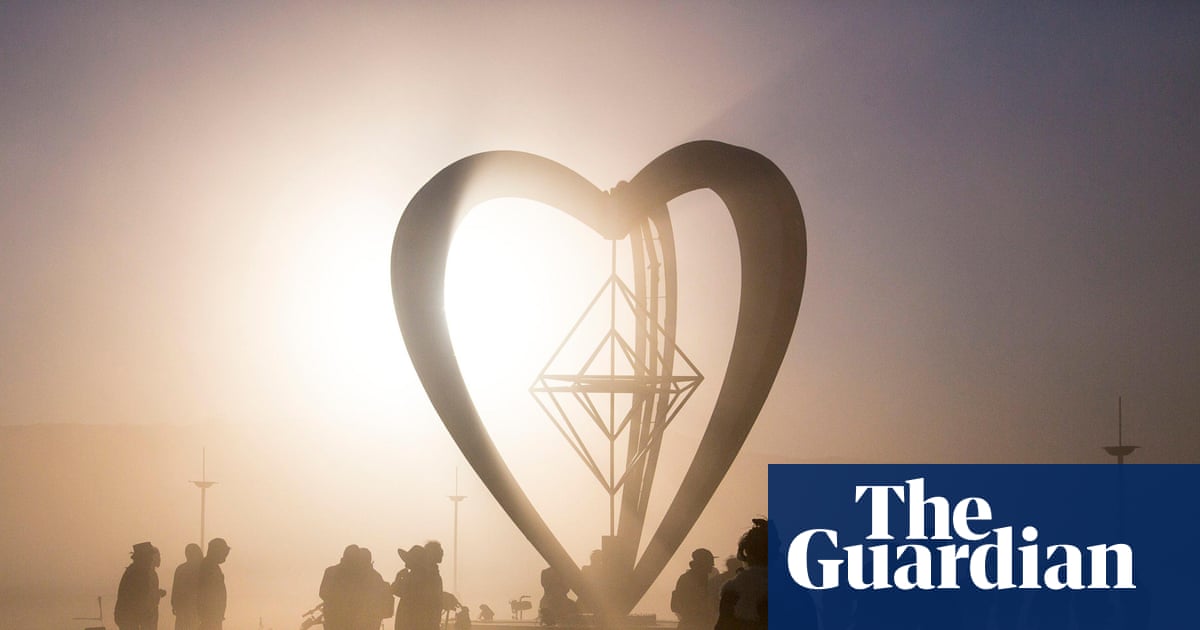Gaza Faces Dire Humanitarian Crisis as Aid Systems Collapse

The situation in Gaza has reached a critical point, with humanitarian organizations warning that it is now the most desperate period since the onset of the ongoing conflict. The humanitarian support infrastructure appears to be on the verge of complete disintegration. Essential food supplies have virtually vanished from local markets, and the few remaining items have skyrocketed in price, making them unaffordable for the majority of the population.
Destruction and inaccessibility have rendered much of the farmland useless, and a crippling lack of fuel has stymied water distribution efforts. As a result, communal kitchens have become the last lifeline for many residents, providing cooked meals to those who otherwise would have no source of sustenance. However, these communal kitchens are also facing imminent shutdowns due to dwindling stocks. Crowds of thousands of Palestinians can be seen every day, jostling for food outside these kitchens, desperately clutching pots in their hands.
Ahmed al-Nems, a local resident, lamented, “We eat once a day, at noon, and that’s it. I feel like I can’t breathe when I see my brothers and sisters are still hungry.” Another resident, Riham Sheikh el-Eid, described the grueling experience of waiting in line for food. “We end up waiting in line for four or five hours, in the sun. It is exhausting,” she shared. “At the end, we walk away with nothing. It is not enough for everybody.”
Construction worker Ahmed Mohsen, 30, recounted his struggle to secure basic sustenance: “I spent about two hours standing in line to fill a pot with plain rice. Imagine you haven’t tasted meat, a boiled egg, or even an apple in months.” Grocer Ahmed al-Nems, 32, described his meager meals consisting of a can of food, coupled with a small stockpile of flour, lentils, and kidney beans that his family hopes will last for several weeks. He noted, “My mother cooks on a fire made with torn-up shoes because there is no fuel. We eat once a day, at noon, and that’s it.”
The United Nations humanitarian office revealed last week that the number of children requiring treatment for malnutrition has doubled since February, yet the supplies designated for their treatment are rapidly depleting. “To the Israeli authorities, and those who can still reason with them, we say again: Lift this brutal blockade,” urged UN humanitarian chief Tom Fletcher. He expressed his deep concern over the lack of protection for vulnerable civilians, stating, “No apology can suffice. But I am truly sorry that we are unable to move the international community to prevent this injustice.”
Experts highlight that the absence of an official famine declaration does not indicate the absence of starvation. Chris Newton, an analyst with the International Crisis Group, emphasized that the Israeli government appears to be employing starvation as a tactic in its military strategy against Hamas. “The Israeli government is starving Gaza as part of its attempt to destroy Hamas and transform the strip,” he remarked.
Food and water scarcity is severe across Gaza, with the Israeli military asserting that sufficient aid entered the region during the two-month ceasefire, which was abruptly halted in mid-March when Israel resumed military operations. The Israeli government maintains that the blockade is intended to compel Hamas to release hostages still in its custody. They have stated they will not permit aid to re-enter until a new system granting control over distribution is established, accusing Hamas of diverting supplies.
The United States is reportedly working on developing a new mechanism for aid delivery, but no timeline has been provided. The UN has opted not to participate in this new system, disputing claims of significant aid diversion. They argue that such a system is unnecessary, will not adequately address the vast needs of the population, and could turn aid into a tool for political and military purposes. Mahmoud Alsaqqa of Oxfam stated, “Silence in the face of this man-made starvation is complicity.”
As documented in a recent report from the Integrated Food Security Phase Classification (IPC), any minimal gains made during the ceasefire have been completely reversed. Alsaqqa urged governments to advocate for Israel to allow “unimpeded humanitarian access.” “Silence in the face of this man-made starvation is complicity,” he reiterated.
With Israel committed to dismantling Hamas following the group’s surprise attack on October 7, 2023, which resulted in the deaths of around 1,200 people and the abduction of 251 hostages, the offensive has resulted in staggering casualties on both sides. The Gaza Health Ministry reports over 52,000 Palestinian deaths, with more than half being women and children, although this count does not distinguish between civilians and combatants.
The IPC, which was established in 2004 during the Somali famine, encompasses various UN agencies, aid organizations, governments, and other entities. It has only declared famine a few times in its history, including Somalia in 2011 and South Sudan in 2017 and 2020. In its latest assessment, the IPC indicated that Gaza currently meets one of the three criteria for a famine declaration, citing that 22% of households are experiencing extreme food shortages.
Moreover, over 1 million people are categorized as being at “emergency” levels of hunger, indicating significant food gaps and high rates of acute malnutrition. It is essential to note that food security experts warn that it can take time for starvation to culminate in death. The recent report cautioned that if the blockade and military operations persist, “the vast majority” of the population in Gaza will lack access to food or water, leading to civil unrest, the complete collapse of health services, the spread of disease, and increased malnutrition and mortality rates. An earlier warning indicated the likelihood of an “imminent” famine in northern Gaza by March 2024. However, following an Israeli airstrike that resulted in the deaths of seven aid workers, Israel allowed a limited influx of aid under pressure from the United States.



























